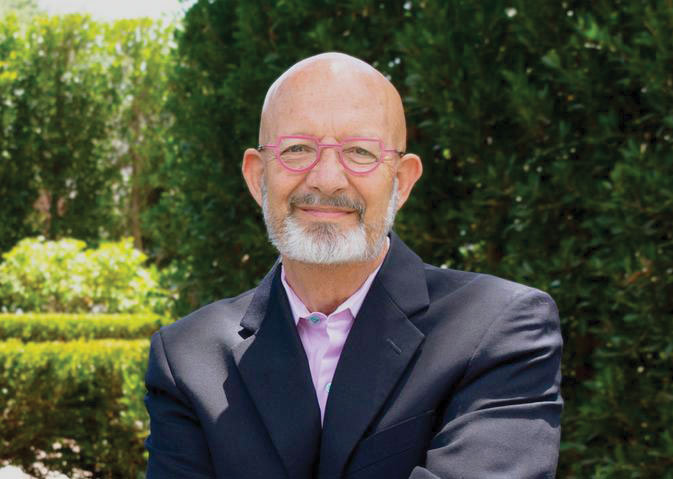When the University of California came to town in the 1960’s, our then conservative town thought the worst they were getting were boys in letter sweaters and girls in bobby socks, who may get a little rowdy at fraternity or sorority parties.
Well, weren’t they surprised when every public university campus in the United States immediately became a hot-bed of liberal and radical politics: anti-war, pro-feminism, anti-establishment, and pro-environment.
But, the changes did not stop there. Newly arrived folks associated with UCSC in some way or other became active in City politics, electing radicals such as Mike Rotkin, Bruce Van Allen to the city council, and Gary Patton to the board of supervisors.
Growth management became their hallmark, and restricting growth everywhere except inside the “urban services line” (think no development on the mountain side of Highway 1). Fighting against off-shore oil drilling, abandoning growth dreams such as annexing property between the city’s western edge and Davenport for the construction of 30,000 homes, and on and on.
And these were successful efforts. No off-shore drilling today, and the establishment of the Monterey Bay National Marine Sanctuary. No 30,000 house community from here to Davenport, but the establishment of the Cotoni-Coast Dairy National Monument.
All sounds quite wonderful, but virtually no housing was built in the last 30-40 years. One does not need to be the Chair of the Federal Reserve Board to understand what then happened to the price of real estate: It has been growing like crazy, thus pushing out or blocking from entry, moderate and low income individuals and families. Unsurprisingly, that also includes teachers, retail workers, some public employees, and many, many in the service industry.
Santa Cruz is not the only community to establish such tools for managing their growth and thus, driving housing prices (both rental and for sale) into the stratosphere.
Now, the State of California has grown tired of this statewide situation, and has begun passing laws to make it harder for local governments to turn down housing in general and affordable housing in particular. Now, cities and counties must plan for very significant amounts of new housing. For example, the City of Santa Cruz is required by state law to plan for and encourage development of nearly 4,000 new housing units in the next eight years (500 new units each year, 42 units each month).
While all of this is going on, Santa Cruz voters approved a new governance structure: six city council districts and a directly-elected mayor. This complicates achieving the 4,000 new unit goal. Why? Because newly elected council members will be loath to add 666 units of new housing in their districts.
So then what is the solution? It is time to grow up! Like most communities that embrace smart growth, Santa Cruz has a chance to site nearly 45% of all of that new housing in our existing urban core downtown. South of Laurel Street, it is proposed to construct 1,800 of the 4,000 new housing units. This will also add to the vitality of our small business core (which is the beating heart of our local economy).
But, even with all of that, there is a serious question about whether or not sufficient housing can be built for those either experiencing homelessness or living in low and very-low income circumstances. In order to cure much of that, a two-part housing bond is being prepared.
Working with affordable housing developers, for-profit developers, homeless advocates, realtors, contractors, the building trades, and neighborhoods throughout Santa Cruz, it is hoped that we can have a really solid and meaningful bond for the 2024 ballot.
Please contact me if you wish to be part of that effort.
Fred Keeley is the Mayor of Santa Cruz. He has also served as a county supervisor, county treasurer, and California Assembly member. He is a founding member of Housing Santa Cruz County. [email protected]








